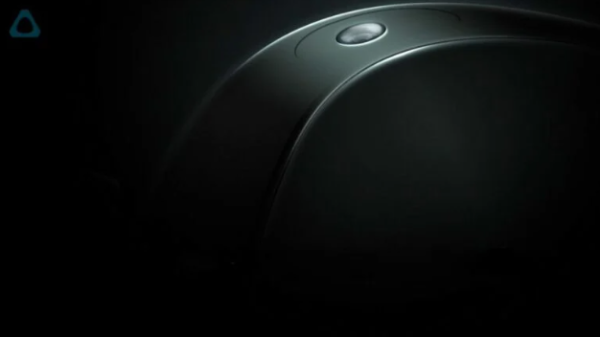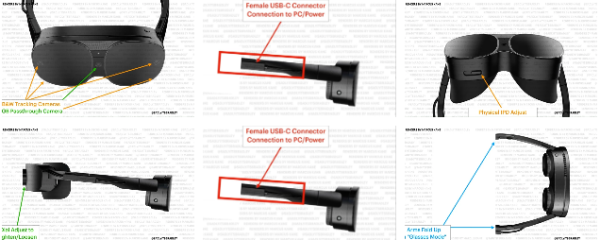HTC Vive’s Much-Teased “Small” VR Headset Leaked
For the past month, HTC Vive has been teasing a new virtual reality headset billed as smaller and better than its predecessors.
Now have an inkling of what this headset will be thanks to YouTuber and XR hardware analyst Brad Lynch who has shared important details about the headset obtained from multiple sources within the company. Brad calls the headset HTC Vive Flowcus. It is a standalone modular virtual reality headset.

Brad says some of the information about the upcoming HTC Vive headset already leaked out in a recent SteamVR beta update. However, his post on the leak has been compiled from multiple industry sources and supply chains. To avoid exposing the insider who leaked the information about the headset, Brad contracted an industrial designer to generate the renders of the new HTC Vive virtual reality headset.
It appears like the design of the HTC Vive Flowcus has been inspired by that of the HTC Vive Flow. The upcoming standalone virtual reality headset even has four black-and-white tracking cameras as well as a single RGB passthrough camera. As a result, the headset has the same mixed reality capabilities found in the Meta Quest Pro and the Pico 4 headsets.


The upcoming HTC Vive Flowcus also has a physical IPD adjustment dial located at the bottom, a feature present in many other virtual reality headsets. Brad says the headset will feature separate LCD displays offering 1920 x 1920 per eye resolution. It also has a refresh rate of 120Hz, the same as that of the Meta Quest 2 headset.
The new headset also uses pancake lenses, also found in Vive Flow and many other current headsets. Pancake lenses enable smaller and thinner form factors. The new headset also contains a built-in dioptre for Myopia, a feature that has been adapted from HTC’s previous headset. This will enable many users to use the headset without wearing their glasses.
The HTC Vive ‘Flowcus’ headset features built-in speakers close to the ears, just like in the other standalone virtual reality headsets. According to Brad’s sources, the headset will also have a USB-C port located on its inner side. The port is likely to be for the eye and facial tracker.
Like other standalone virtual reality headsets, its battery will be mounted at the back and feature an adjustable strap. However, both the battery and the strap are removable enabling you to use the headset in the ‘Glasses’ mode where the headset can be connected to a PC or to a smartphone via a USB-C cable.
Brad’s sources say the headset will use the same chip found in the Meta Quest 2 and Pico 4 headsets, the Snapdragon XR2 Gen 1 chip. All standalone headsets are currently powered by the Snapdragon XR2 chip. Qualcomm is, however, expected to launch a successor to this chip, the Snapdragon XR2 Gen 2 chip which will be 30% faster than the current chip generation.
Price and Release Date of the HTC Vive ‘Flowcus’ Headset
Citing his sources, Lynch says the headset will be priced below $1,000 which lies in the price range of other consumer virtual reality headsets. Most of HTC’s headsets have been priced at about $800 and, unlike Meta and ByteDance, HTC is not in a position to subsidize its XR hardware.
The target launch date for the headset is early 2023.
https://virtualrealitytimes.com/2022/11/17/htc-vives-much-teased-small-vr-headset-leaked/https://virtualrealitytimes.com/wp-content/uploads/2022/12/HTC-Vive-Flowcus-Revealed-600x337.pnghttps://virtualrealitytimes.com/wp-content/uploads/2022/12/HTC-Vive-Flowcus-Revealed-150x90.pngTechnologyFor the past month, HTC Vive has been teasing a new virtual reality headset billed as smaller and better than its predecessors. Now have an inkling of what this headset will be thanks to YouTuber and XR hardware analyst Brad Lynch who has shared important details about the headset obtained...Rob GrantRob Grant[email protected]AuthorVirtual Reality Times - Metaverse & VR
